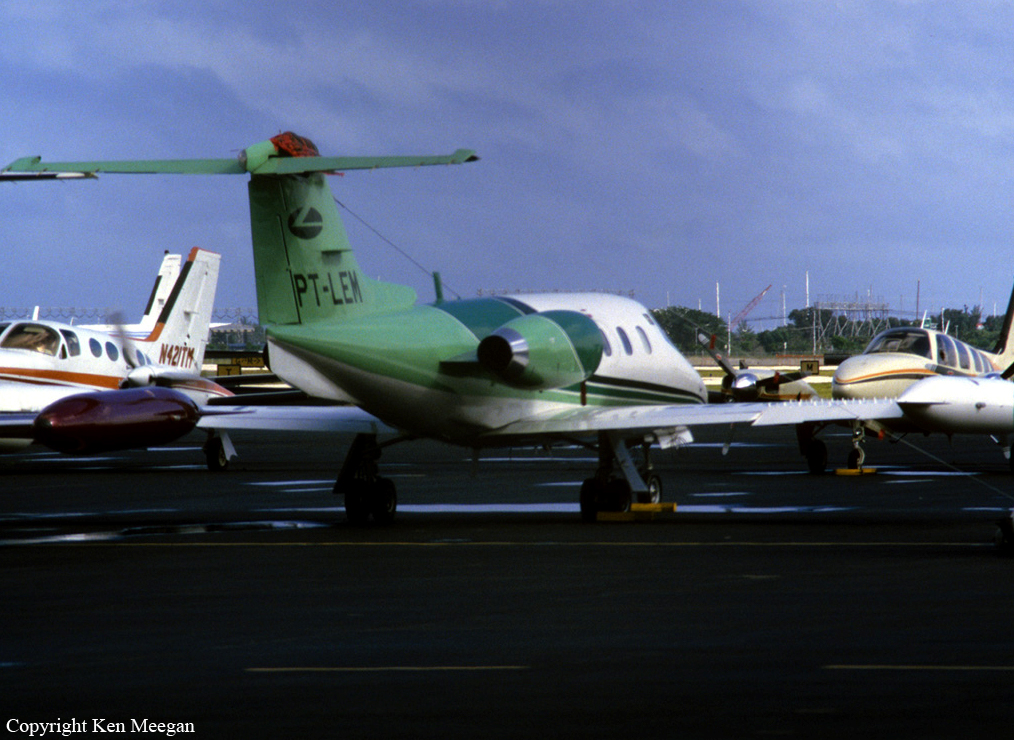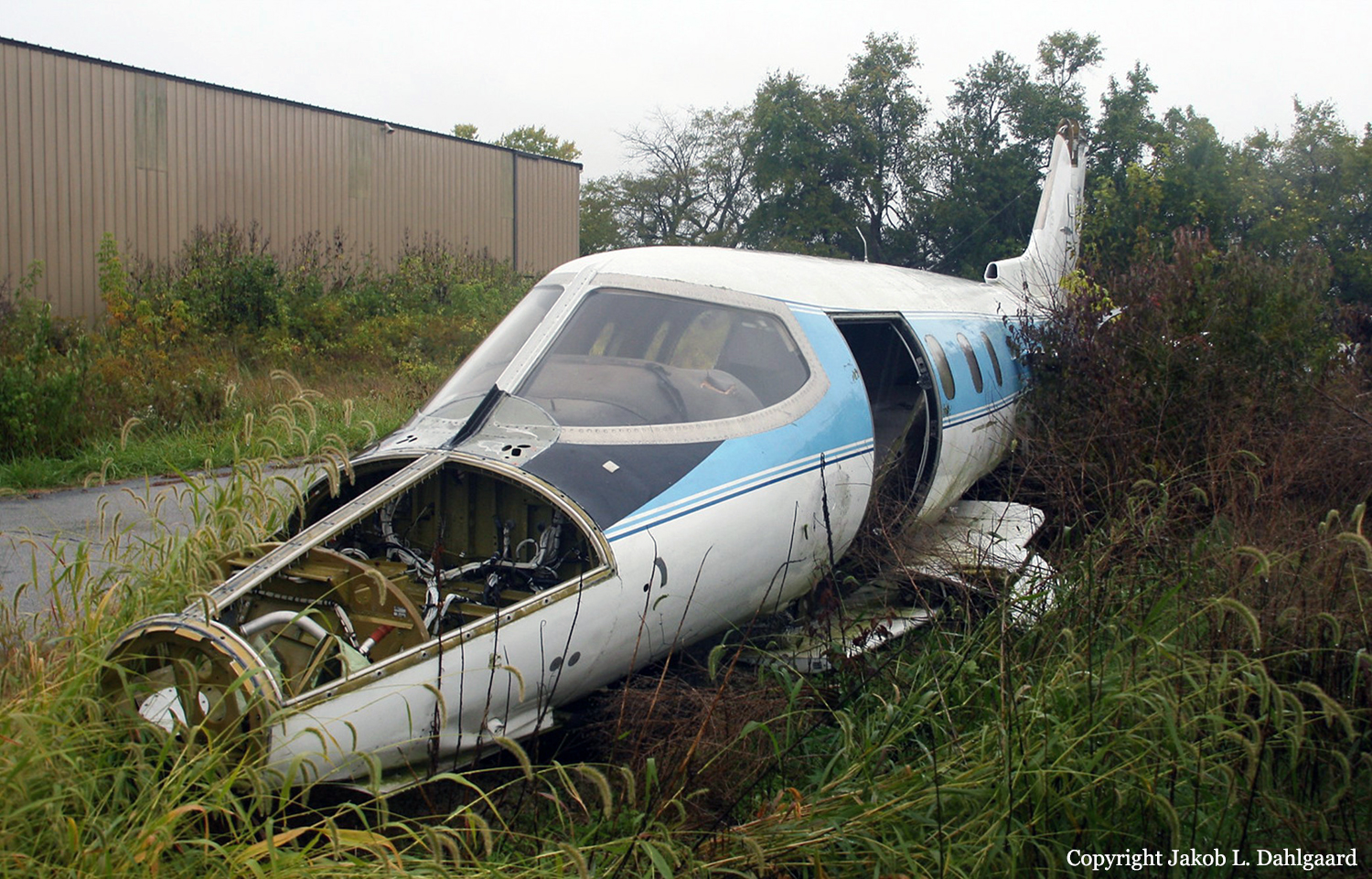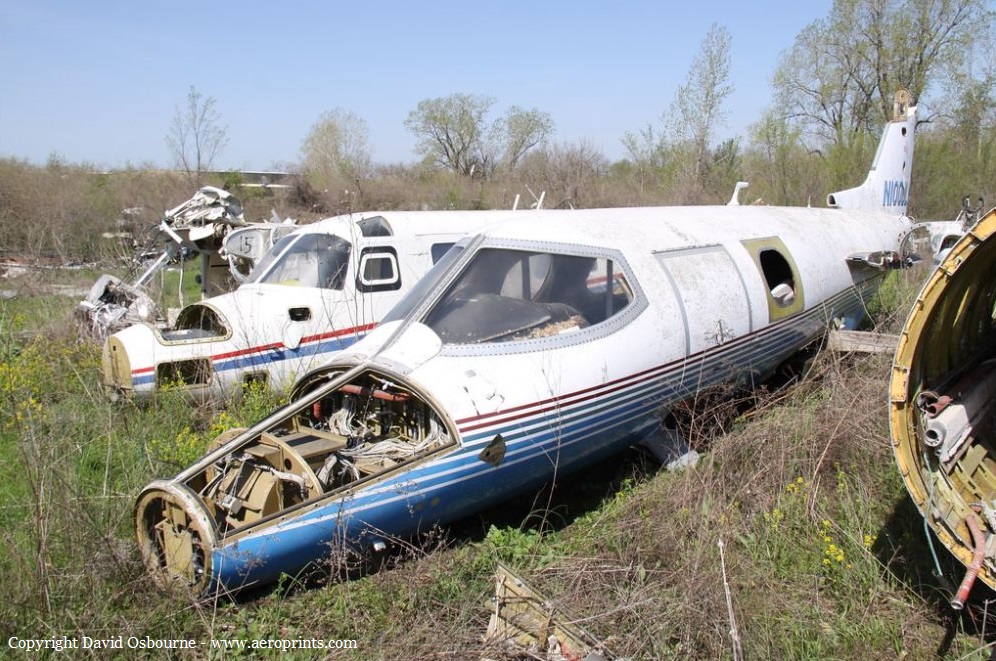Crash of a Learjet 24A in Gainesville
Date & Time:
Sep 26, 1999 at 0935 LT
Registration:
N224SC
Survivors:
Yes
Schedule:
Sarasota - Gainesville
MSN:
24-100
YOM:
1966
Crew on board:
2
Crew fatalities:
Pax on board:
3
Pax fatalities:
Other fatalities:
Total fatalities:
0
Captain / Total hours on type:
580.00
Aircraft flight hours:
12869
Circumstances:
The pilots stated that approach and landing were normal. During landing rollout, about 2,000 feet down the runway, the brakes became ineffective. The aircraft continued to roll off the end of the runway, down an embankment, across a 4 lane road, and came to rest in a drainage ditch. Post-crash examination of the main landing gear brakes showed that 3 out of the 4 brake assemblies were worn beyond allowable limits and all 4 antiskid wheel generators were not producing voltage within the allowable limits. The outboard right main tire had failed during landing roll do to the antiskid becoming inoperative due to the low voltage of the wheel generator. The airplane had received an A-1 through A-6 inspection 2 days before the accident and this was the first flight since the inspection. The A-5 inspection requires inspection of the landing gear brake assemblies for wear, cracks, hydraulic leaks, and release.
Probable cause:
The inadequate inspection of the main landing gear brake assemblies, which lead to operation of the aircraft with worn brakes that failed during the landing roll. Contributing factors were the descending terrain, roadway and ditch.
Final Report:






